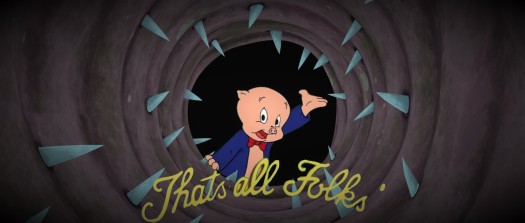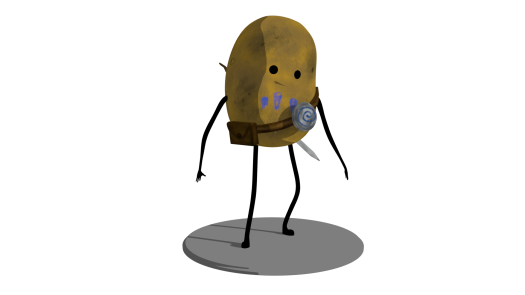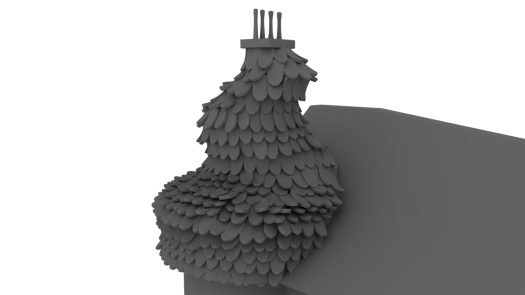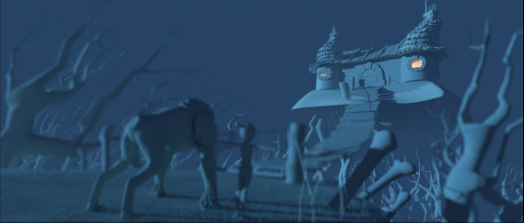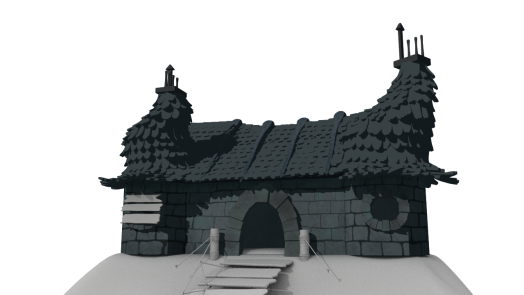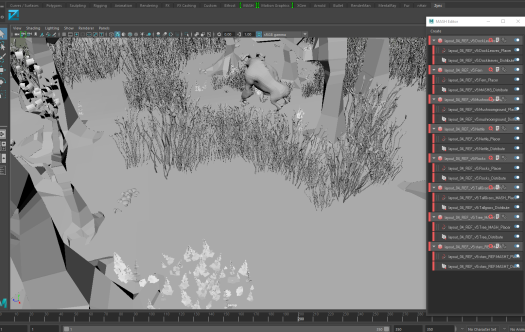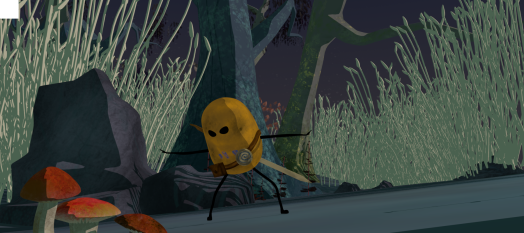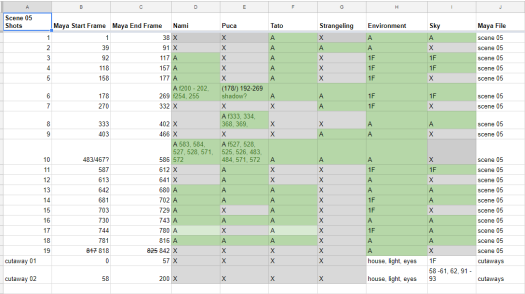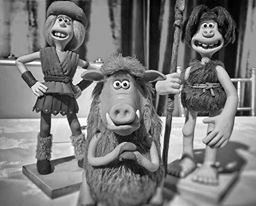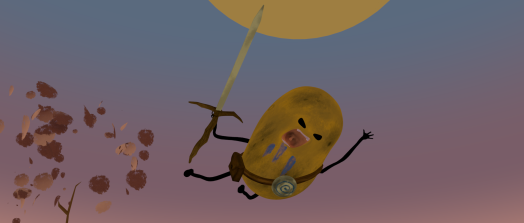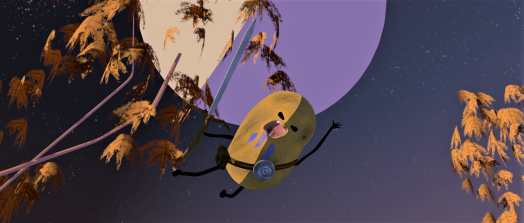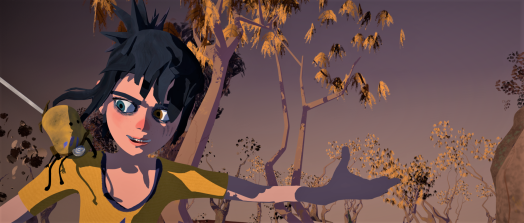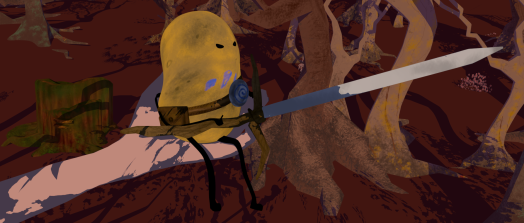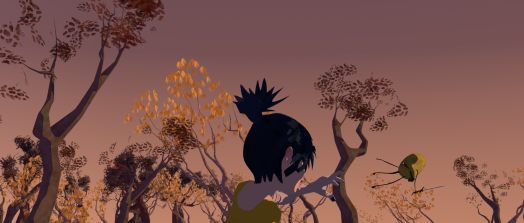Overall my experience of the set up for the end of year show has been very positive. A group of class members were able to quickly and efficiently set up and organise the room and we are all fairly happy with the results. We were however somewhat annoyed with the lack of help from a large portion of the class, many of whom left it until the very end to come in and set up and took no part in any of the cleaning, tidying or organising the rest of us had to do.
Building the boards/setting up that tables

I helped take the boards from the store and set them up and also to organise the tables around the room. We went for a double board between two tables much like graphic design’s usual layout.
Arranging our table space
For our space I had not really liked how I had initially planned to lay it out with a main screen in the middle and so instead we decided to play around with the tables and see how we could make the wall/table ratio fair. In the end we decided that an end table jutting out sideways would be a good addition as we could add our final year film to it.
Laying out the display


We then got a measuring tape and worked out all of the spacing between the benches and worked out how much room each of us would have.
- wall length – 436cm
- wall height – 253cm
- top of mac to wall – 133cm
- individual space – 87.3 cm
- length of big frame – 25 inch
- length of big frame – 63.5 cm
Painting the walls
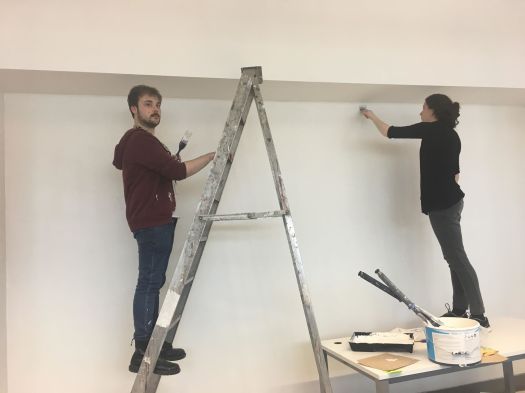
We painted! Here we also helped out We are Belfast’s team paint their wall too.
Printing the work
We went to B and Q to try and find something that we could mount our prints on but it all came out way too thick as seen above.

We decided for our boards that we would simplify things by getting it printed on one big board each, that way we wouldn’t be tinkering trying to get all of our work even or aligned. It worked very well.

The poster

Card and CV
Showreel
Portfolio/ Art station
https://www.artstation.com/kerrymccormick
Tidying desk space


The set up
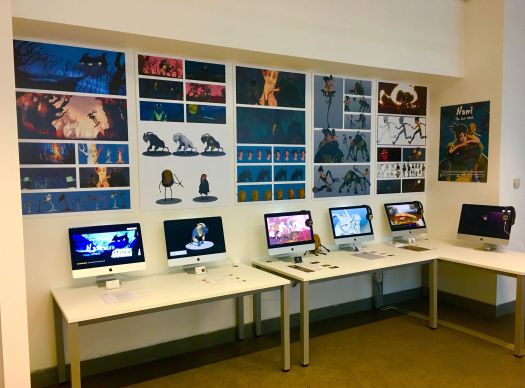
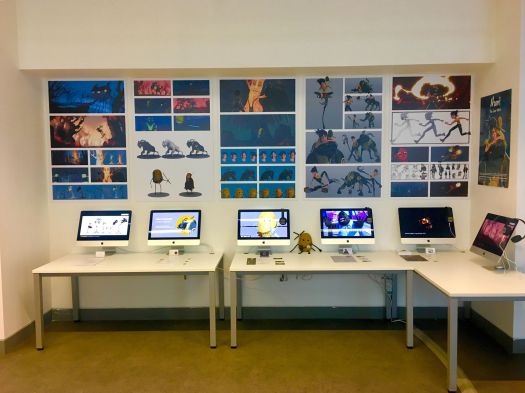
Still to come
*3d prints of puca and nami
*cardboard cut out of nami puca and tato
*3D wood cut of of ‘NAMI THE LAST WITCH’ logo for above work
*Our pictures, names and role at the left side pillar








